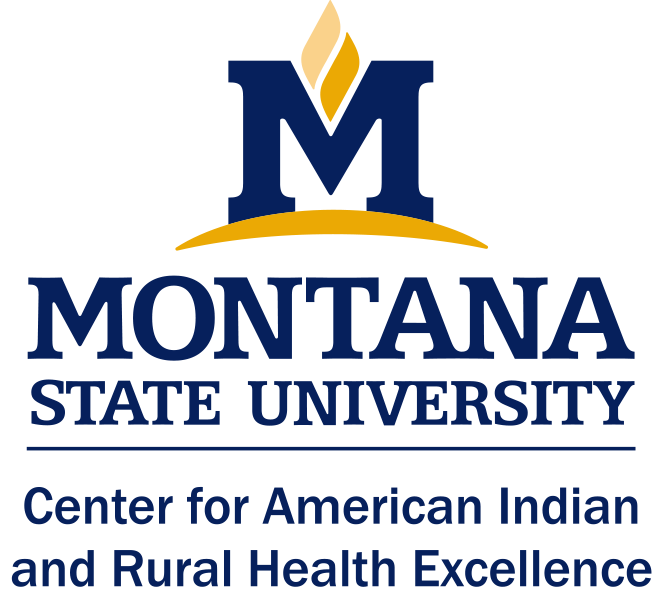Modeling of Knee Joint Forces to Understand Osteoarthritis in Agricultural Workers
2019–2021

Project Leader Scott Monfort, Ph.D.
MSU Department of Mechanical &
Industrial Engineering
[email protected]
Osteoarthritis (OA) is a prevalent joint disease that causes pain and disability in approximately 30 million Americans. Agricultural workers are at an increased risk of developing OA, although the underlying reasons are not well-understood. Understanding how agricultural work influences established risk factors for OA is an important step to achieving the long-term goal of this research, which is to reduce the burden of OA in agricultural workers.
Mechanical loading of articular cartilage plays an important role in cartilage health; however, joint contact forces in agricultural workers have not been previously characterized. Building on Year 1 of this pilot project (2019-20), Year 2 marked a critical step toward the long-term goal by developing comprehensive capabilities to evaluate joint loading in agricultural workers. This objective was achieved through the following Specific Aims:
1) Develop a person-specific musculoskeletal modeling framework to estimate knee joint contact forces in agricultural workers across a spectrum of OA severity. 3D motion capture and muscle activation data were collected during activities of daily living and common movements performed during agricultural work. Lower body magnetic resonance images were obtained to enable person-specific musculoskeletal simulations that integrate individuals’ biomechanical data with their unique musculoskeletal geometry to estimate joint contact forces in the knee.
2) Establish the reliability of biomechanical outcome measures in agricultural workers. This aim provided new biomechanical research capabilities to serve rural Montana communities by establishing baselines for reliability of collecting biomechanical data in rural communities from a mobile laboratory.
Collectively, the information from the proposed project provided the foundation to identify intervention targets for OA in rural Montana agricultural workers and evaluate their efficacy in reducing OA.

